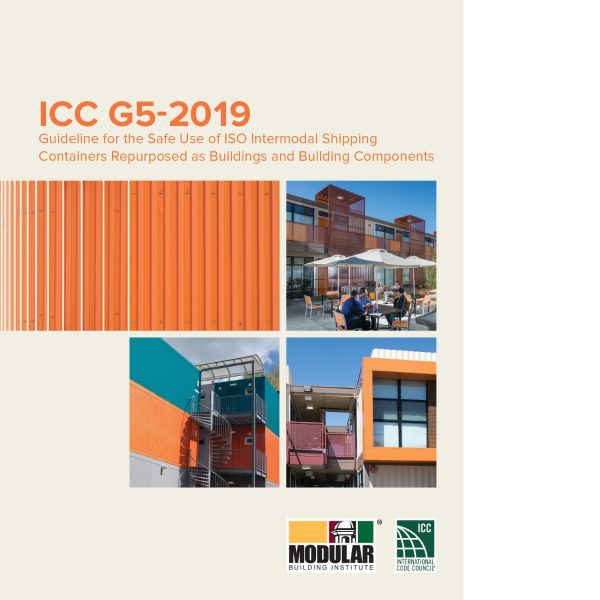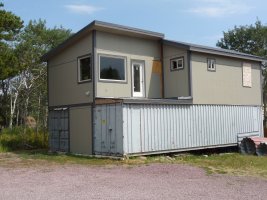These are being set up all over the place w/o permits, or even contact with the Building Department. Previous Building Commissioners did not enforce.
In one town I commision in, several property owners have them, some have several, on the main street for everyone to see. I notified all property owners in the Business District (the main street) the containers were required to be installed under a permit as structures. I've required they all be permitted by code, approved by planning according to zoning, or removed.
One Marijuana grower wants to install 2 for "drying". This proposal is not a concern, as the owner is following all my requirements for "Attachment" by installing piers with hardware. I told him to show me why the structures (shipping containers) were exempt. He didn't. Probably easier and less expense to attach. My reasoning is they are electrified.
That's my question here. Would you require ground attachment of storage containers, as you would any other structure, or consider them exempt?
I've requested engineering showing they meet wind load w/o attachment, but no one has come forward with it yet.
I don't want to put undue financial burden on anyone, but meeting code and safety is the goal.
In one town I commision in, several property owners have them, some have several, on the main street for everyone to see. I notified all property owners in the Business District (the main street) the containers were required to be installed under a permit as structures. I've required they all be permitted by code, approved by planning according to zoning, or removed.
One Marijuana grower wants to install 2 for "drying". This proposal is not a concern, as the owner is following all my requirements for "Attachment" by installing piers with hardware. I told him to show me why the structures (shipping containers) were exempt. He didn't. Probably easier and less expense to attach. My reasoning is they are electrified.
That's my question here. Would you require ground attachment of storage containers, as you would any other structure, or consider them exempt?
I've requested engineering showing they meet wind load w/o attachment, but no one has come forward with it yet.
I don't want to put undue financial burden on anyone, but meeting code and safety is the goal.


